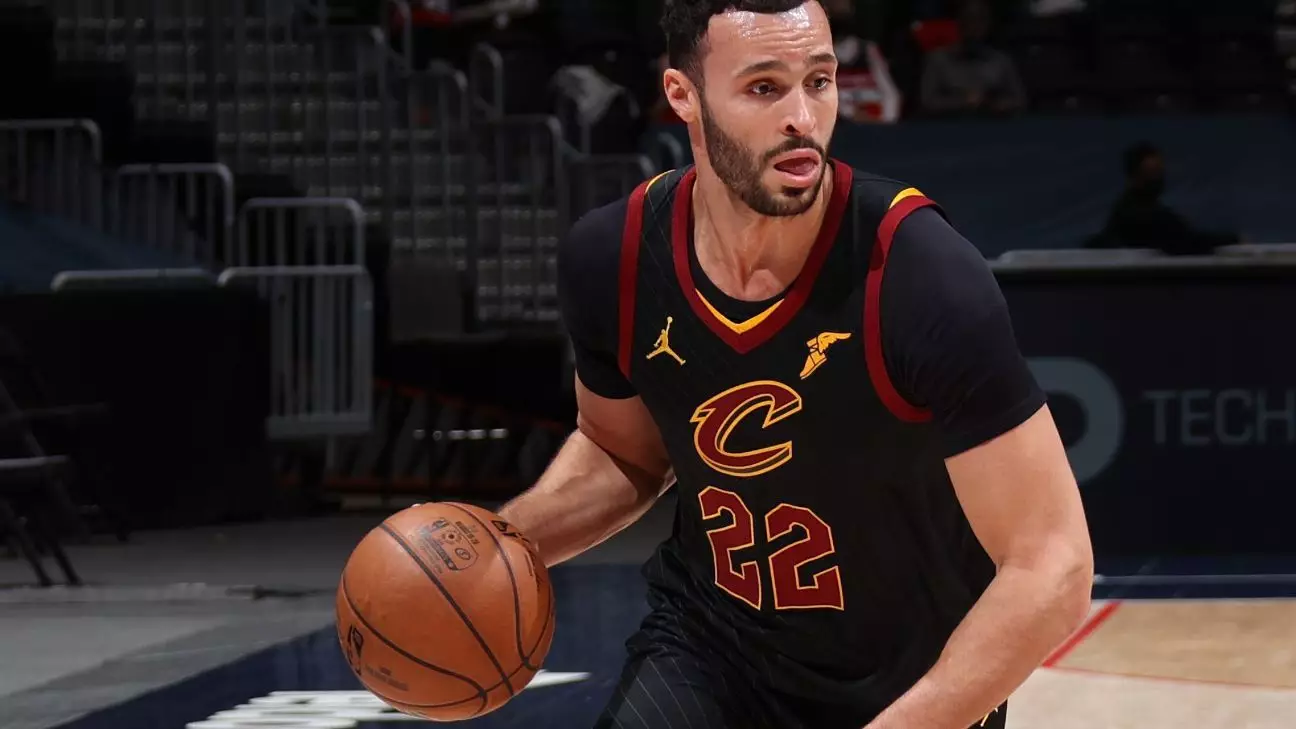In recent years, the visible crossover between the NBA and international soccer has evolved from casual fan interest into a cultural phenomenon that profoundly influences player identity, team dynamics, and league culture. Historically, basketball and soccer have been culturally distinct sports with dedicated fan bases. However, the current landscape reveals a surprising convergence driven by globalization, social media, and the universal appeal of the beautiful game. This burgeoning link transcends mere hobbyist admiration; it fosters camaraderie among players, redefines notions of athleticism, and challenges traditional boundaries that separated these sports for decades.
Larry Nance Jr.’s recent initiative to produce a dedicated show, “Switch the Play,” serves as a testament to this seismic shift. By spotlighting NBA players’ love for soccer, Nance subtly underscores a larger cultural truth: athletes’ identities are now multi-faceted, and their interests often span multiple global sports communities. His own background—having played soccer until age 16 and now investing in Premier League club Leeds United—embodies this synthesis. Such efforts demonstrate that the NBA recognizes and actively participates in the contemporary global sports dialogue, using media as a bridge to deepen fan engagement and athlete storytelling.
How Soccer Sculpts the Modern NBA Player’s Identity
More than just a pastime, soccer has become a vital component in shaping NBA players’ identities and influencing locker room dynamics. Unlike traditional sports rivalries confined within borders, soccer’s global narrative fosters a sense of belonging beyond geographic boundaries. NBA players adopting this passion participate in a shared language—discussions about Champions League outcomes, World Cup tournaments, or key transfers—that creates camaraderie and cultural capital.
Victor Wembanyama’s attendance at high-profile European matches exemplifies this shift. His presence at PSG versus Manchester City, combined with his viral soccer activities, transforms him from a rookie into a symbol of this new athlete archetype—someone whose interests extend well beyond their primary sport. Similarly, Giannis Antetokounmpo’s and Jimmy Butler’s exchanges of jerseys with soccer stars, and LeBron James’ visible support of European clubs, demonstrate how soccer fosters a sense of global connectivity and sporting kinship.
Furthermore, the influence of soccer on athlete branding and community engagement cannot be overstated. As players openly embrace international football, they resonate with diverse fan bases and extend their reach beyond traditional basketball audiences. For young fans, these multifaceted identities make athletes appear more relatable, worldly, and culturally aware—traits increasingly valued in modern sports marketing.
The Cultural Ripple Effect on League Initiatives and Fan Culture
The NBA’s adaptation of European soccer elements—such as the in-season tournament modeled after European competitions—illustrates how the sport’s influence extends into league design and fan engagement strategies. This evolution signifies more than superficial borrowing; it reflects an understanding that sports fandom is becoming a shared global experience. The NBA recognizes that integrating soccer-style competition enhances excitement, fosters league loyalty, and appeals to a generation that consumes sports through a global lens.
Moreover, soccer’s international fan culture—marked by chants, active social media communities, and fan rituals—influences how NBA fans and players perceive sport as a form of social and cultural expression. The presence of soccer stars at NBA games, be it Vinicius Jr. at Miami Heat matches or Mbappe at games, signals a mutually beneficial exchange of influence that elevates both sports’ global stature.
Larry Nance Jr.’s efforts to highlight this interconnectedness through “Switch the Play” serve a dual purpose: humanize athletes by revealing their passions and deepen fan understanding of their multidimensional lives. It acknowledges that athletes are not solely defined by their athletic achievements but also by global cultural pursuits that shape their worldview. This cultural recalibration underscores a fundamental truth: in an increasingly interconnected world, sports serve as a universal language—one that unites diverse audiences through shared passion and collective identity.

